






| Issus coleoptratus (Fabricius, 1781) |







|
|
Scientific name: Issus coleoptratus (Fabricius, 1781) Common name: French name: Cigale bossue Order: Hemiptera Family: Issidae Wingspan : 5-7 mm Biotope: Deciduous forests, mixed forests, woodland edges, orchards, parks and gardens and even isolated deciduous trees. They feed by sucking tree sap. Geographic area: Western Palaearctic region. Observation period : You can observe adults from June to mid October. The larvae over winter in the litter, on Ivy (Hedera), on Privet (Ligustrum) or on some other plants. |
Issus coleoptratus is a small froghopper with wide rounded sclerotized wings. As on other members of the Issidae family, the front of the head is angulous. The antennae are reduced to two short articles and one fine filamentous arista. They are located below the eyes. The head, including the eyes, is the same width as the pronotum. The back edge of the pronotum is straight. The froghoppers of the Issus genus have a vertex which is almost as wide as long, those of the Hysteropterum genus have a vertex which is wider than long. An upper side view is required. Issus coleoptratus is a grey colour with dark veins. There is often a central black mark located at about 2/3 of the elytra. There are many variations showing numerous other black marks. The external longitudinal veins are well marked up to the wing tip on males. They disappear at mid wing length in a fine reticulation on females. The upper third of the face, under the vertex, is a very dark black colour with sparse pale spots. It is very contrasting with the other parts of the face. Issus muscaeformis, which is rarer, does not show this black area. It is rather a brownish colour which does not contrast with the area below. The lower third of the face shows a well marked pale cross stripe on Issus muscaeformis. Though this area is also paler on Issus coleoptratus, it does not appear as a so well marked cross stripe. The fact that external longitudinal veins are fading out on females is typical to Issus coleoptratus and does not appear on Issus muscaeformis. Then this can be used to tell both species apart. Nymphs have a bristly tail. I have read that the colour of the upper side of the nymphs' face may also indicate Issus coleoptratus when it is slightly dark and may indicate Issus muscaeformis when it is pale. |
| [To know more about the Issus coleoptratus] [Next picture] [Top] |
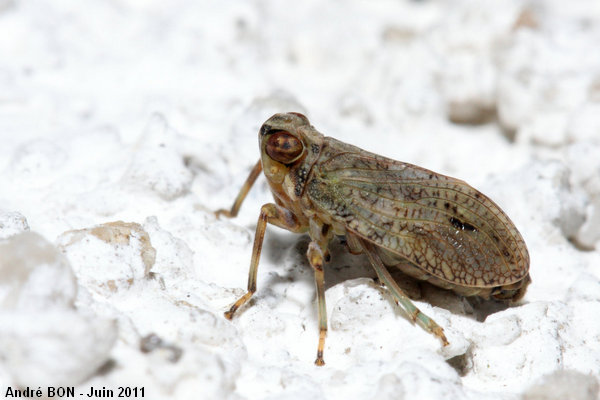
|
The black area on the upper size of the face (slightly visible on this picture) and the external longitudinal vein disappearing at mid length in an irregular network indicate one female Issus coleoptratus. |
| [To know more about the Issus coleoptratus] [Next picture] [Previous picture] [Top] |
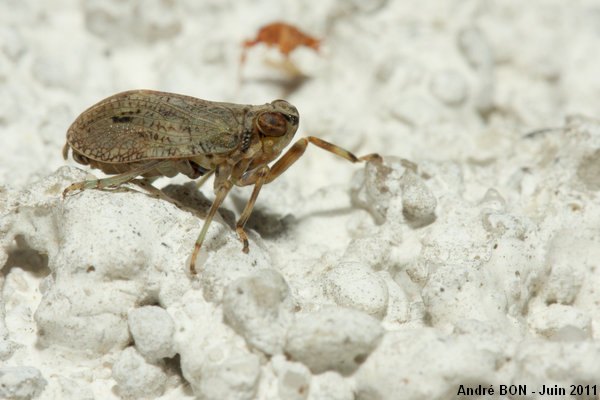
|
You can better see, on this picture, the contrast between the black colour of the upper side of the face and the areas below. |
| [To know more about the Issus coleoptratus] [Next picture] [Previous picture] [Top] |
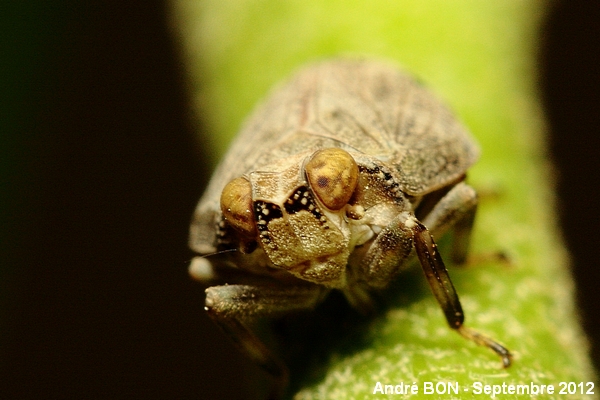
|
Here is, at least, one front view showing the black area and the light-coloured spots which are typical of Issus coleoptratus. |
| [To know more about the Issus coleoptratus] [Next picture] [Previous picture] [Top] |
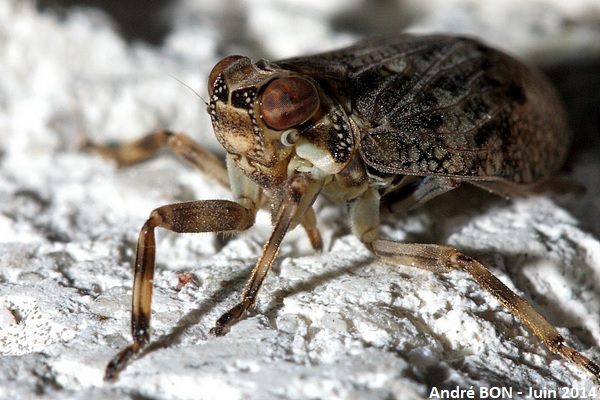
|
Another view on which the front of the face is clearly visible. |
| [To know more about the Issus coleoptratus] [Next picture] [Previous picture] [Top] |
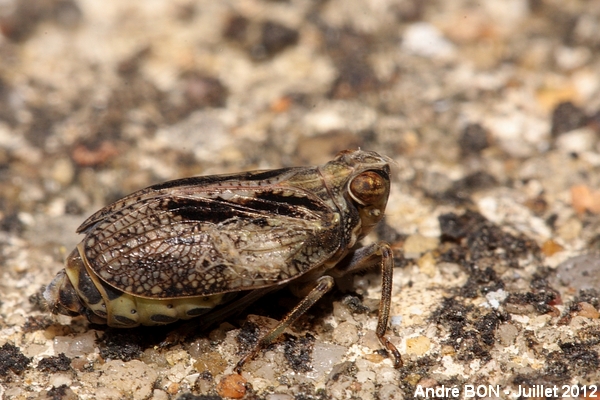
|
Here is one specimen with larger black markings. |
| [To know more about the Issus coleoptratus] [Next picture] [Previous picture] [Top] |

|
I have observed this juvenile Issus coleoptratus on the low vegetation growing below one Birch tree. The species identification is based on the fact that I have observed adults at the same place later in the year. So species identification is very probable but not 100% sure. The dark upper side of the face seems to indicate Issus coleoptratus. |
| [To know more about the Issus coleoptratus] [Previous picture] [Top] |
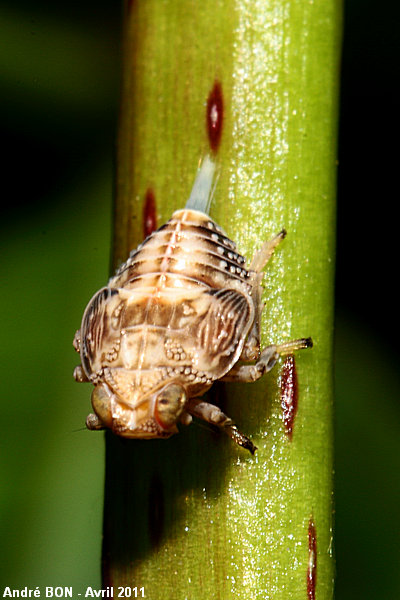
|
Upper side view. The vertex seems rather long to me, this confirms the Issus genus. |